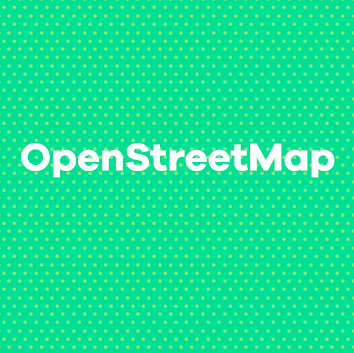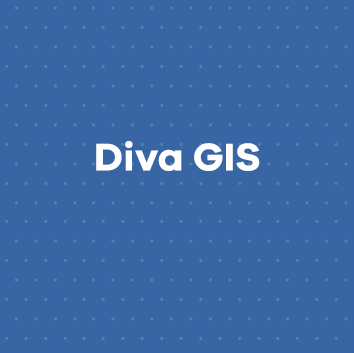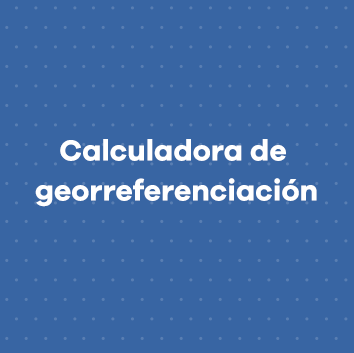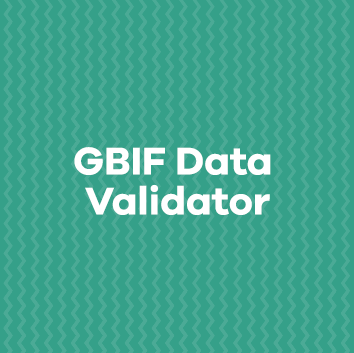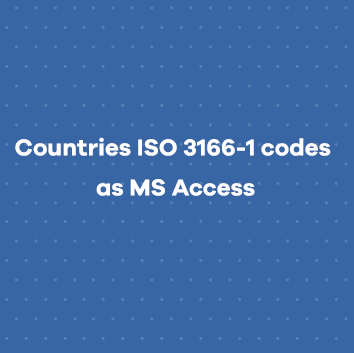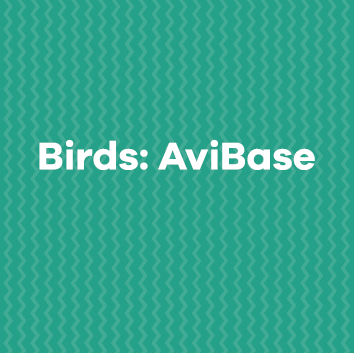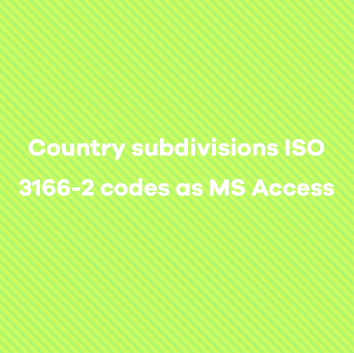Publication tools
OpenStreetMap
OpenStreetMap is a collaborative project to create a free editable map of the world.
Open Refine
Open Refine is a standalone open-source desktop application for data cleanup and transformation to other formats, the activity known as data wrangling. It is similar to spreadsheet applications (and can work with spreadsheet file formats); however, it behaves more like a database.
Diva GIS
This is a Simple but very good tool concerning the Geographic Information Systems. It is very useful for scientists working in biodiversity to get an overview of the spatial aspects of their data. It is also very oriented towards environmental and modeling aspects. It is very simple to use but offers advanced functionalities in all those fields. It is also a free application although it only works in the Windows environment. However, it can be used on MAC using wine/winebotller. The application offers free spatial data and a help forum available on its website.
InfoXY from Species Link
This tool was developed by CRIA with the aim of helping biological collections in validating geographic data. By entering data on geographic coordinates the tool returns information about the point, such as the name of the country, state or administrative region, and the name of the municipality or district. If the point is in the sea, the tool will calculate the distance to the closest coast, indicating the name of the country.
Georeferencing calculator
A very useful tool for estimating the precision/accuracy of geographic data based on formulas/good practices by Arthur Chapman, and written (and updated) by John Wieczorek. It is not always easy to use due to the amount of input data required, but it is very detailed and there are not many tools of this type.
GBIF data validator
The GBIF data validator is a service that allows anyone with a GBIF-relevant dataset to receive a report on the syntactical correctness and the validity of the content contained within the dataset. By submitting a dataset to the validator, you can go through the validation and interpretation procedures usually associated with publishing in GBIF and quickly determine potential issues in data - without having to publish it.
Countries ISO 3166-1 codes as MS Access
ISO 3166-1 is part of the ISO 3166 standard published by the International Organization for Standardization (ISO) and defines codes for the names of countries, dependent territories, and special areas of geographical interest.
This standard is recommended by the Darwin Core standard to include the information in the CountryCode field and it is used in applications such as Elysia and Darwin Test, developed by GBIF.ES.
Birds: AviBase
Avibase is an extensive database information system about all birds of the world, containing over 25 million records about 10,000 species and 22,000 subspecies of birds, including distribution information for 12,000 regions, taxonomy, synonyms in several languages and more.
Fish: FishBase
FishBase is a global biodiversity information system on finfishes. Its initial goal to provide key facts on population dynamics for 200 major commercial species has now grown to have a wide range of information on all species currently known in the world: taxonomy, biology, trophic ecology, life history, and uses, as well as historical data reaching back to 250 years.
Country subdivisions ISO 3166-2 codes as MS Access
ISO 3166-2 is part of the ISO 3166 standard published by the International Organization for Standardization (ISO) and defines codes for identifying the principal subdivisions (e.g., provinces or states) of all countries coded in ISO 3166-1.
The purpose of ISO 3166-2 is to establish an international standard of short and unique alphanumeric codes to represent the relevant administrative divisions and dependent territories of all countries in a more convenient and less ambiguous form than their full names.
This standard is recommended by the Darwin Core standard to include the information in the CountryCode field and it is used in applications such as Elysia and Darwin Test, developed by GBIF.ES.
https://2022.gbif.es/wp-content/uploads/2018/02/Provincias.zip
No more contents
All pages have already been loaded

